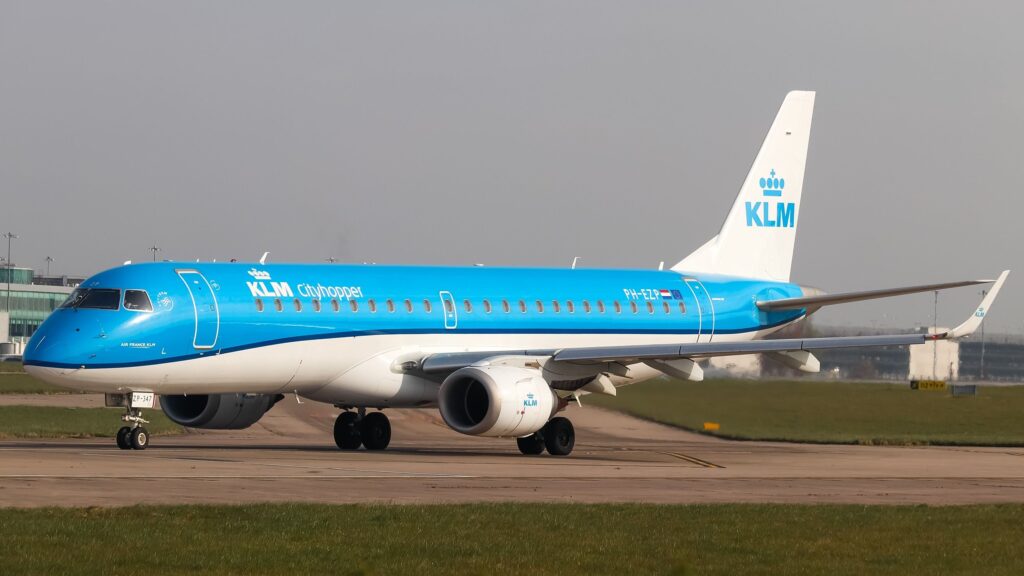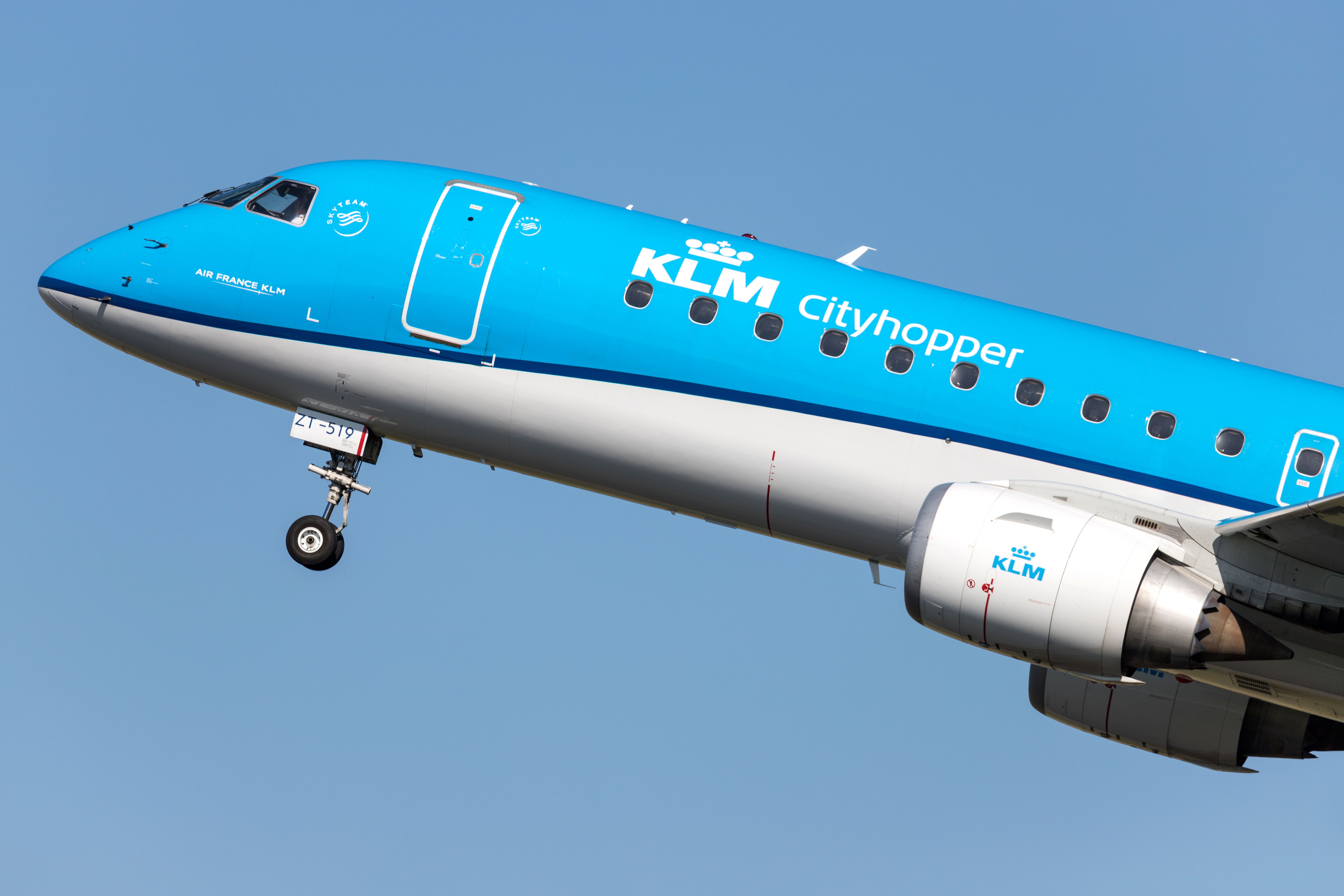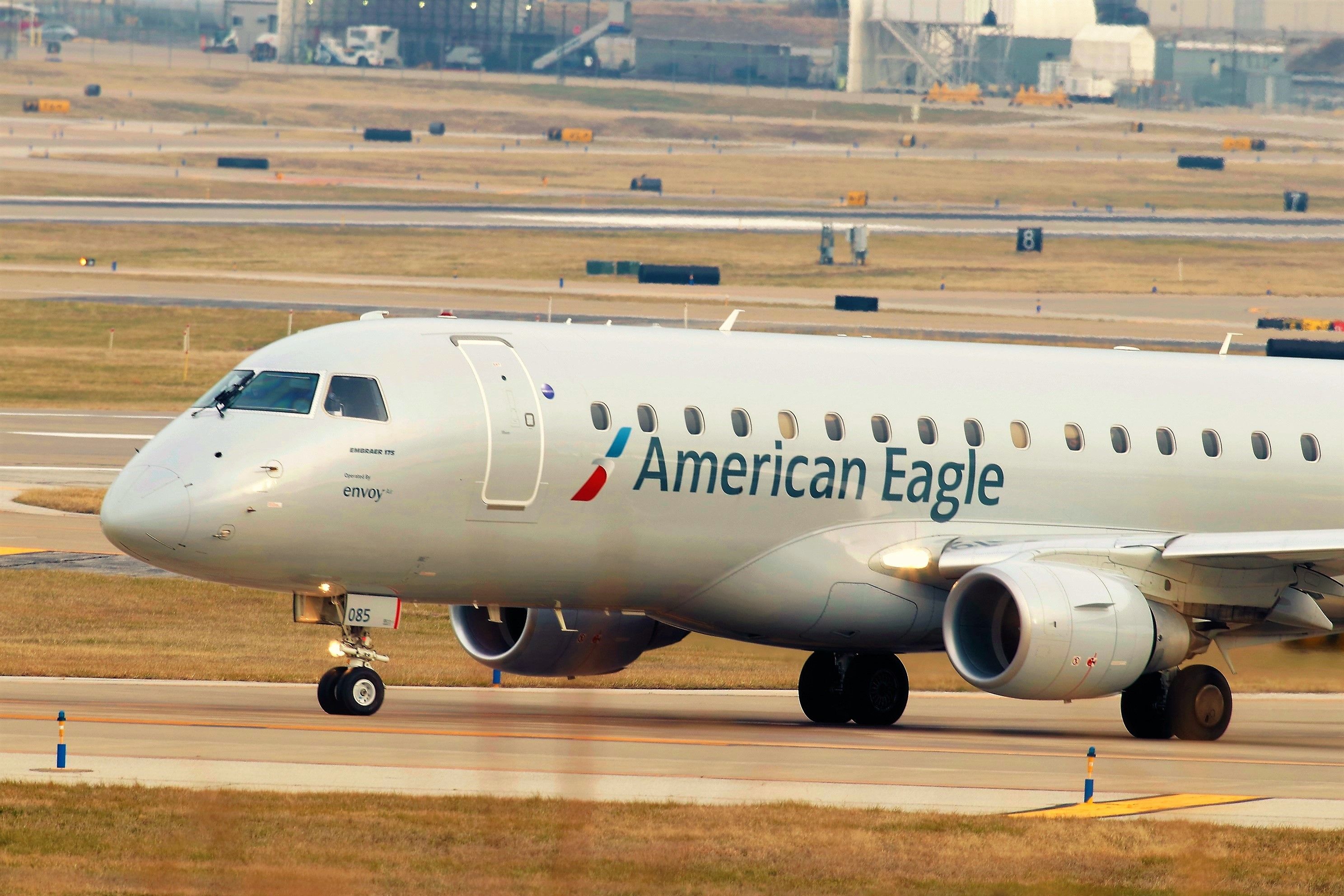Briefing
- Dutch police have confirmed that the tragic death of a person at AMS was intentional.
- The incident occurred on May 29, 2024, involving a KLM Cityhopper Embraer E190.
- The aircraft, registered PH-EZL, has not flown since the May 29 incident.
Royal Marechaussee (Koninklijke Marechaussee, KMar), the Royal Dutch Police, concluded that the death of a person at Amsterdam Schiphol Airport (AMS) was intentional, with the service adding that the man was an employee of a company operating at the airport.
Injected into the engine
According to KMar, his investigation revealed that the man who worked for a company that provided services to AMS died by suicide after being inhaled into an aircraft engine. Police reiterated that the move was deliberate, adding that they would not make any additional statements out of respect for the man’s family and loved ones.
Photo: kamilpetran | Shutterstock
The incident occurred on May 29, 2024, when a person was reported to have fallen into the engine of a KLM Cityhopper Embraer E190 aircraft. The aircraft had just completed its return and was preparing to depart from AMS.
The aircraft, registered PH-EZL, had made three flights that day, with its fourth route scheduled between AMS and Billund Airport (BLL) on KLM flight KL1341. Flightradar24 data revealed that a replacement KLM Cityhopper Embraer E190, registered as PH-EZM, had operated the route following the incident at AMS.
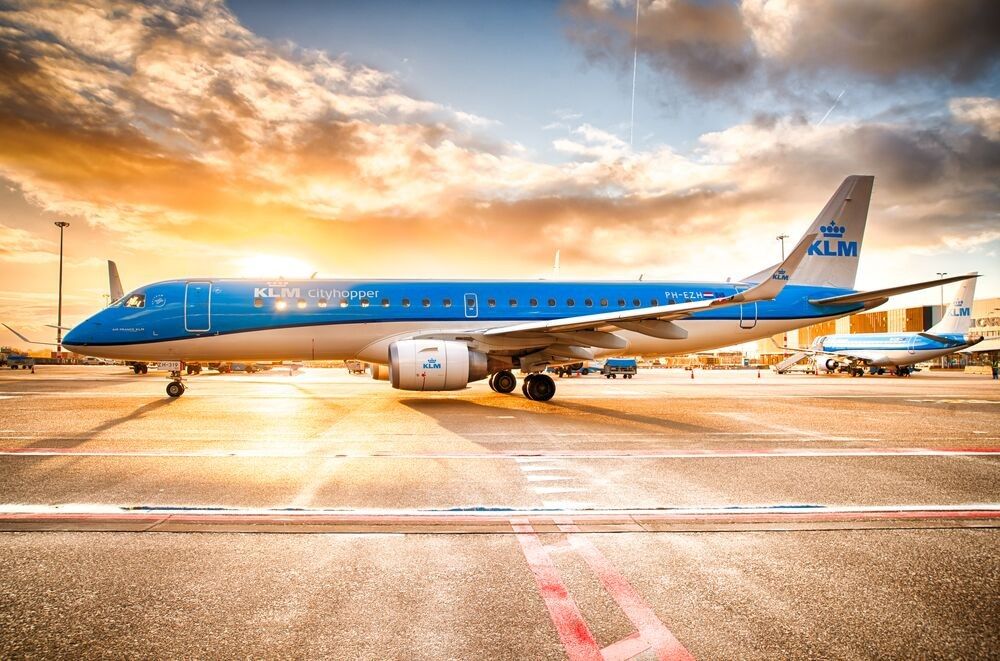
Crash: Person killed after falling from KLM Embraer 190 engine at Schiphol
It is not clear whether the victim was an airport employee or a member of the public.
Removed from service
Flight tracking website data also showed that the E190 involved in the incident has not flown since the incident. According to ch-aviation records, the regional aircraft, powered by two General Electric CF34-10Es, was delivered to the Dutch airline’s regional subsidiary on January 21, 2010.
Since then, the Embraer E190 has accumulated more than 21,980 flight hours (FH) and 18,873 flight cycles (FC) as of February 28, 2019, according to data from Embraer.
Photo: Bjoern Wylezich | Shutterstock
In total, KLM Cityhopper operates a fleet of 65 aircraft, all different variants of the Embraer E-jet or E2 aircraft family. The regional airline has 17 Embraer E175, 29 E190 and 18 E195-E2 aircraft, configured with 88, 100 and 132 seats respectively.
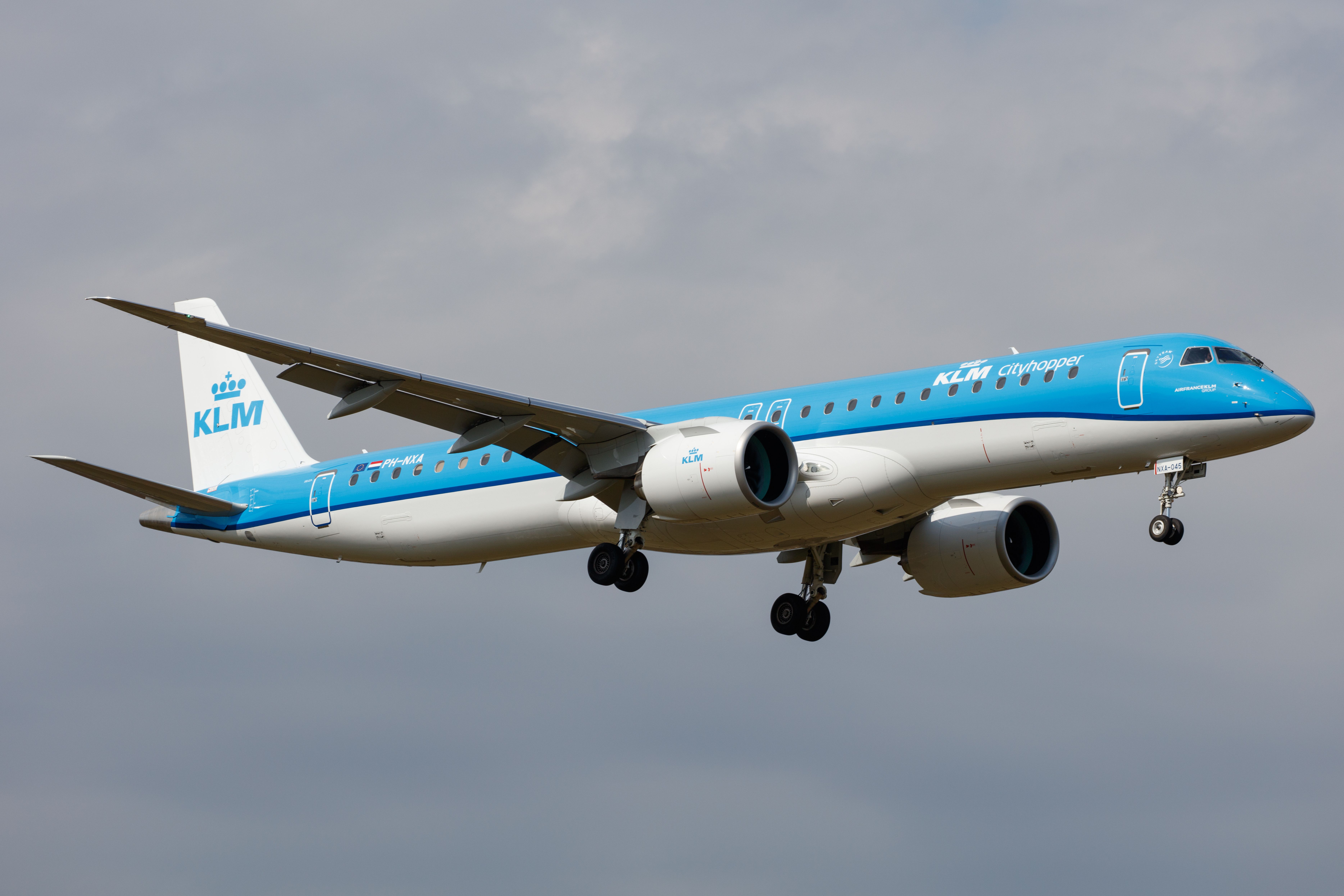
KLM struggles with Embraer E2 due to Pratt & Whitney engine problems
The carrier’s regional subsidiary, KLM Cityhopper, has been forced to make schedule changes as a result of ongoing problems.
Similar event in the USA
In December 2022, an Air Embraer E175 courier, registered as N264NN, was involved in a similar incident. Then, after the plane landed at Montgomery Regional Airport (MGM) on a regularly scheduled flight from Dallas Fort Worth International Airport (DFW), a ground handler working for Piedmont Airlines was sucked in by one of the plane’s operating engines.
Photo: Wspin | Shutterstock
In its preliminary report, the National Transportation Safety Board (NTSB) concluded that the employee was “It was pulled off its feet and into the working engine.” Investigators noted that engine number one, located on the left side, had a rotating beacon light on at the time of the incident.
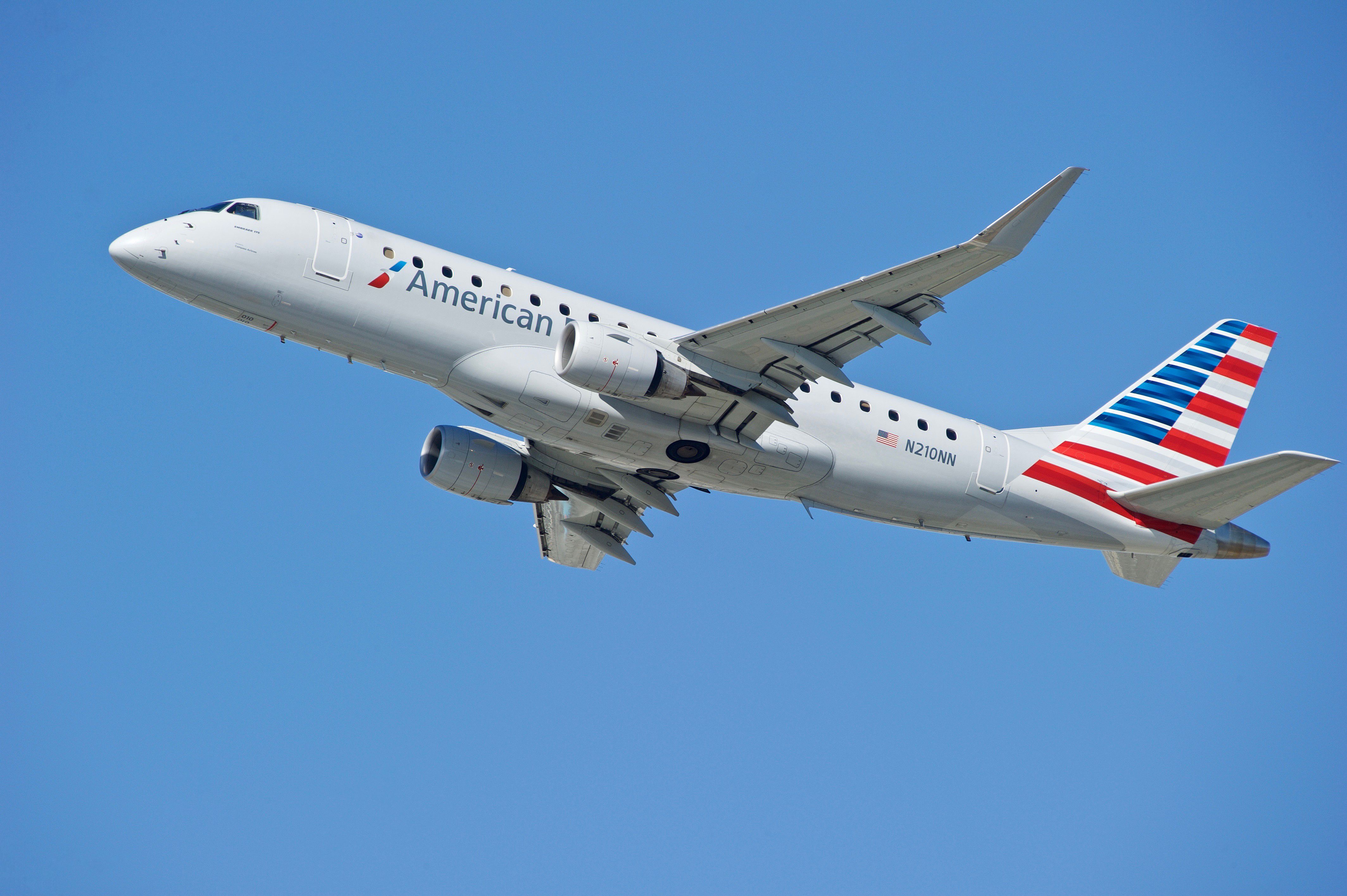
NTSB releases preliminary report after ground works killed by Embraer Engine in December
The tragic accident happened on New Year’s Eve.

